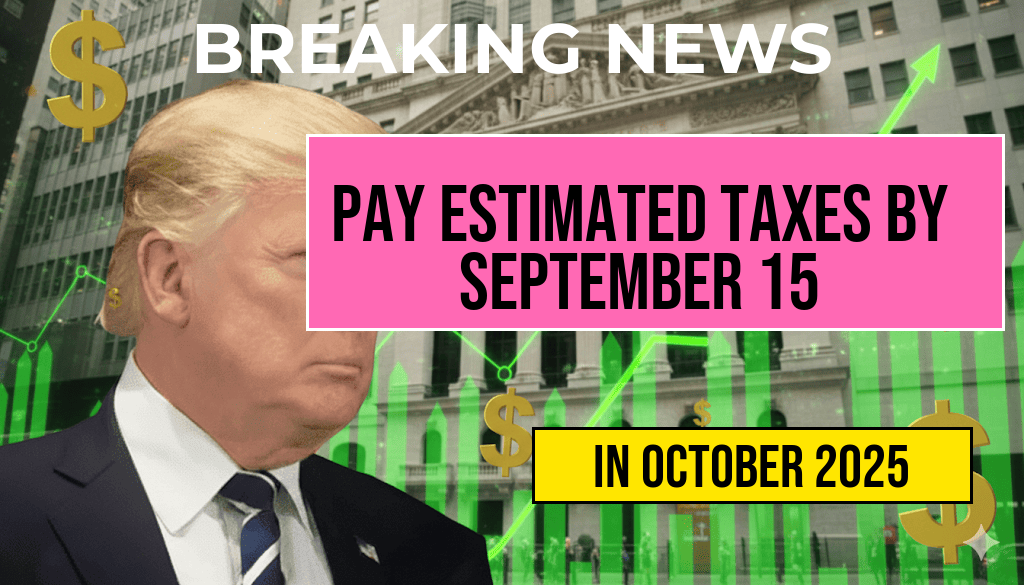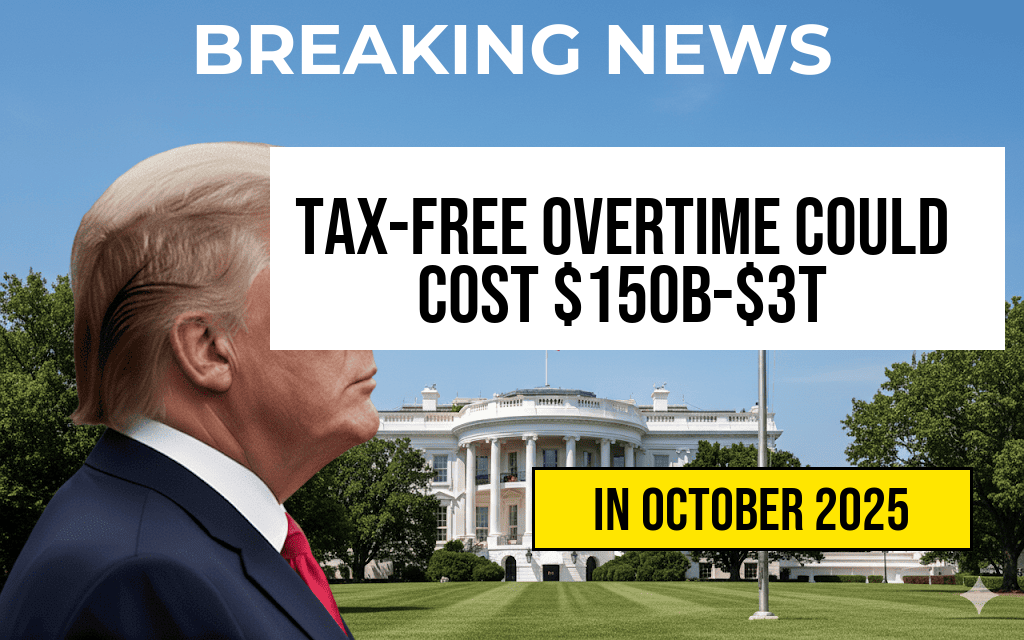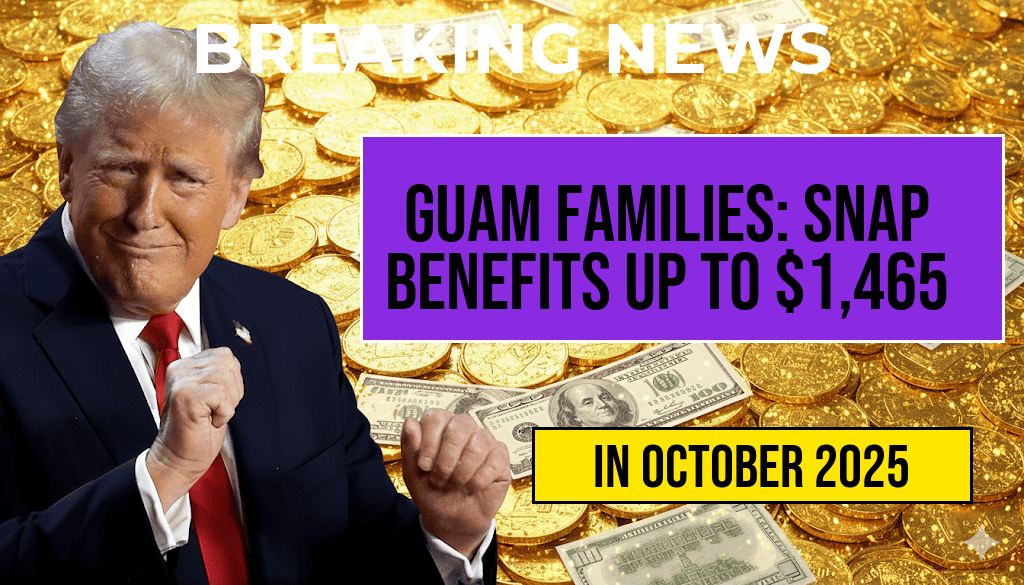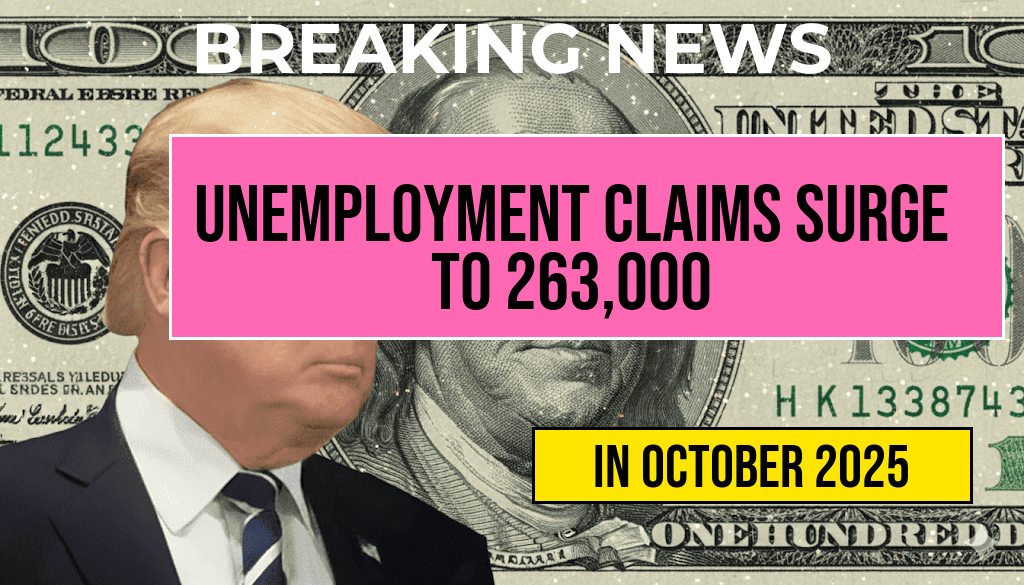The latest proposal to eliminate taxes on overtime pay has generated significant debate regarding its potential economic impact. Estimates suggest that this tax cut could cost the federal government between $150 billion and $3 trillion over a decade. Advocates for the change argue that tax-free overtime will increase take-home pay for millions of workers, providing much-needed financial relief. Critics, however, caution that such a substantial reduction in tax revenue could have dire consequences for public services and federal programs. As lawmakers consider this measure, employees and employers alike are left to ponder what a tax-free overtime landscape would mean for their finances and the broader economy.
Understanding Tax-Free Overtime
Tax-free overtime refers to the proposal allowing workers to earn additional pay for hours worked beyond the standard 40-hour work week without incurring federal income tax on that extra income. Under the current system, overtime pay is taxed just like regular income, which can significantly reduce the financial benefits workers receive from working extra hours. The proposed tax cut aims to incentivize longer working hours, thereby potentially boosting overall productivity.
Potential Impacts on Workers’ Take-Home Pay
For many workers, the prospect of a tax-free overtime benefit could result in a substantial increase in their take-home pay. Here’s how it breaks down:
- Increased Earnings: Workers earning overtime would see a larger portion of their paychecks, as they would no longer lose a significant percentage to income tax.
- Encouragement to Work More: The tax incentive may motivate employees to take on additional hours, especially in industries that rely heavily on overtime.
- Shift in Work Culture: A tax-free overtime policy could alter workplace dynamics, pushing employers to offer more overtime hours to meet productivity demands.
Who Stands to Benefit?
The primary beneficiaries of a tax-free overtime policy would likely be hourly workers in sectors such as retail, manufacturing, and healthcare, where overtime is a common practice. For instance, a healthcare worker who typically earns $25 per hour and works an additional 10 hours of overtime could see their earnings increase significantly without the tax burden. In contrast, salaried employees or those in exempt positions may not experience the same level of benefit since they are often not eligible for overtime pay.
Economic Ramifications of the Tax Cut
While the prospect of increased take-home pay is appealing, the broader economic implications of this tax cut are complex. Analysts warn that the estimated cost of $150 billion to $3 trillion could lead to budget shortfalls that affect federal funding for essential programs, including education, healthcare, and infrastructure.
Potential Budget Cuts and Public Services
If the government were to lose significant revenue from taxing overtime, cuts to public services might be necessary. Here are some potential areas of impact:
- Education: Funding for public schools and higher education could face reductions, impacting quality and access.
- Healthcare: Programs like Medicare and Medicaid may experience budget constraints, affecting millions of Americans.
- Infrastructure: Federal investments in critical infrastructure projects might dwindle, hindering economic growth.
Public Opinion and Legislative Considerations
Public sentiment surrounding the tax-free overtime proposal is mixed. Many workers support the idea, seeing it as a means to enhance their financial stability. However, taxpayers and economists express concern over potential long-term fiscal consequences. Lawmakers will need to balance the immediate benefits to workers with the potential for reduced funding for vital public services.
Conclusion
As discussions around tax-free overtime continue, it remains crucial for stakeholders to weigh the benefits against the potential economic fallout. The outcome of this proposal will likely shape the future of work and taxation in the United States, impacting millions of workers and the overall economy.
For more information on the implications of tax-free overtime, you can visit these sources: Forbes and Washington Post.
Frequently Asked Questions
What is the proposed overtime tax cut?
The proposed overtime tax cut aims to eliminate taxes on overtime pay, potentially allowing workers to keep more of their earnings during extended work hours.
How much could the overtime tax cut cost?
Estimates suggest that the overtime tax cut could cost between $150 billion and $3 trillion, depending on various factors such as employee participation and overall economic impact.
What does a tax-free overtime mean for workers?
A tax-free overtime would increase take-home pay for employees who work overtime, allowing them to receive full compensation for their extra hours without tax deductions.
Who would benefit the most from the overtime tax cut?
Workers in industries with high overtime hours, such as healthcare, manufacturing, and retail, are likely to benefit the most from the overtime tax cut as it would significantly enhance their earnings.
What are the potential drawbacks of implementing a tax-free overtime policy?
Potential drawbacks include the risk of increased costs for employers, which may lead to reduced hiring or increased prices for consumers, as well as concerns about the long-term sustainability of such a tax policy.











